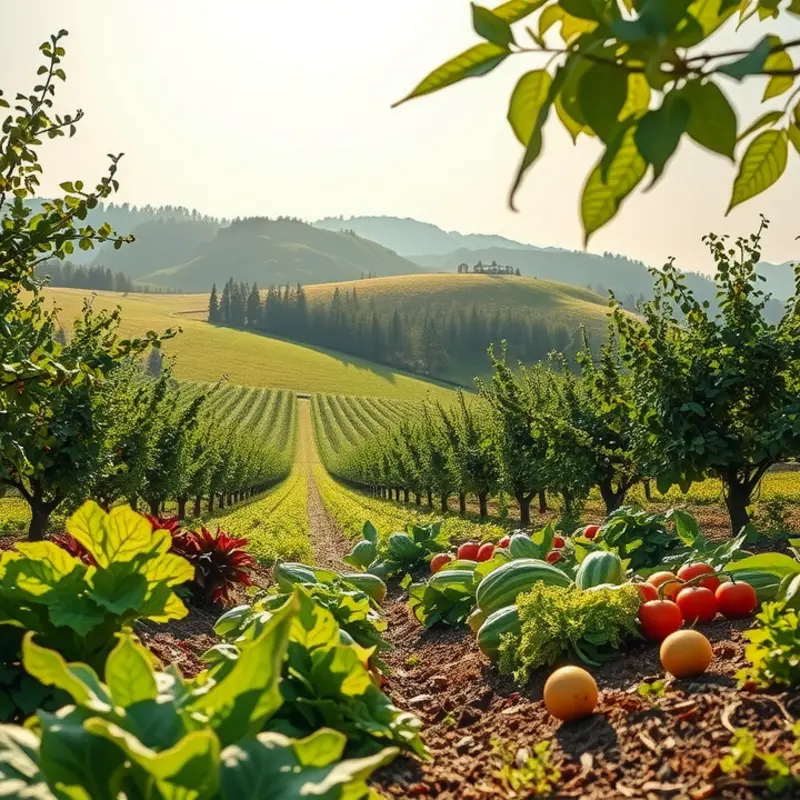Creating delicious gravies without flour opens doors to healthier cooking options suitable for various dietary needs. Whether you’re gluten-free, following a low-carb diet, or simply looking to reduce processed ingredients in your meals, flour-free gravy bases provide a world of flavor and versatility in the kitchen. Discover practical ingredient guides and easy substitutions that will empower you to whip up luscious gravies for any culinary purpose.
Essential Ingredients for Flour-Free Gravies

When crafting a savory gravy without flour, choosing the right ingredients can make all the difference. The foundation of any great gravy often begins with a rich stock or broth. These liquids carry complex flavors, integral to complementing any dish. Whether you opt for a hearty beef, delicate chicken, or aromatic vegetable stock, the key is quality. Homemade stocks create depth, while store-bought versions offer convenience and consistent results.
Incorporating vegetable purees can enhance the body and texture of your gravy. Roasted vegetables like carrots, parsnips, or butternut squash can be blended into a smooth puree. These add not only thickness but also a subtle sweetness and earthiness. By roasting the vegetables first, you intensify their natural sugars, adding complexity to your gravy.
Another excellent alternative to flour for thickening is the use of natural starches. Consider arrowroot powder or cornstarch. These options require only a small amount to achieve the desired thickness. Dissolve the starch in cold water before gradually incorporating it into the hot broth to prevent lumps and ensure a smooth consistency.
For an umami-packed experience, consider adding mushroom broth or soy sauce to your gravies. The natural glutamates in mushrooms enhance savory flavors without overwhelming other elements of your sauce. Similarly, soy sauce can introduce a salty, rich flavor profile that transforms the gravy into a palate-pleasing delight.
Tomato paste is another versatile tool in your flour-free gravy arsenal. While often associated with Italian sauces, its concentrated flavor can elevate gravies by adding depth and color. A spoonful or two whisked into your base can yield a richer, more robust end product.
For those desiring a plant-based or dairy-free option, consider smoothly blending cooked beans or lentils. These legumes provide ample creaminess when pureed and can contribute a substantial, appealing texture.
Lastly, don’t overlook the power of herbs and spices. Fresh or dried, these aromatic additions can be simmered with your liquid base to unlock layers of flavor. Rosemary, thyme, sage, or bay leaves can each impart unique notes that marry well with other ingredients.
For more guidance on how to minimize waste while working with diverse ingredients, consider exploring low-waste cooking techniques. Employing a thoughtful approach to your kitchen creations not only benefits the environment but also maximizes the potential of each ingredient.
By incorporating these ingredients, you can master a variety of flour-free gravies that remain rich, flavorful, and harmonious with countless culinary creations.
Simple Substitutions for Thickening and Flavor

Transforming your gravy into a luscious, flavorful addition without the use of flour is entirely possible with a few creative alternatives. Each substitution technique not only thickens but also enhances the taste, making it a crucial element in your culinary toolbox.
Cornstarch and Arrowroot:
Two of the most popular flour-free thickeners are cornstarch and arrowroot. Both are effective in creating a glossy and smooth texture. Cornstarch is commonly used and reacts quickly when heated, creating a thick consistency with a neutral flavor, allowing your primary dish flavors to shine. To use, make a slurry with equal parts of cornstarch and cold water, then slowly add it to simmering gravy while stirring continuously.
Conversely, arrowroot serves as an excellent substitute if you’re aiming for a gluten-free or grain-free option. Especially useful in clear gravies, arrowroot forms a gel-like consistency and becomes slightly glossy, mimicking more traditional gravies without altering flavor. Its gentle binding properties mean it doesn’t stand up well to prolonged cooking, so add it at the very end right before serving.
Pureed Vegetables:
For those wanting to add nutritional heft and new depth of flavor to their gravies, pureed vegetables are an excellent choice. Vegetables like cauliflower, potatoes, and carrots offer wonderful bases. Steam and blend them until smooth, then blend with your other gravy ingredients. Cauliflower, in particular, maintains a neutral profile while giving a rich texture. Potatoes, providing starchy creaminess, work well for hearty dishes.
Tailoring your vegetable choices to complement your main dish enhances the overall meal experience. Consider roasted red peppers for a smoky undertone or pumpkin puree for a hint of sweetness, particularly in autumn-themed plates.
Balancing Flavor Profiles:
When experimenting with these substitutions, balance is key. Starting with a well-seasoned stock or broth is crucial, as it sets the foundation of the gravy’s flavor. Layers of flavor can also be built with additives like umami-rich soy sauce, miso, or nutritional yeast, contributing savory depth that pairs well with the thickness achieved.
Embrace Creativity:
Don’t hesitate to push the boundaries of traditional gravies. Introduce complementary herbs or spices—like sage or thyme for poultry, or rosemary and garlic for red meats. These enhancements can ensure your gravy isn’t just a side note, but a centerpiece elevating the entire meal.
For more tips on alternative ingredients and how they can improve your dishes without relying on traditional methods, you might explore our guide on cooking without gums. This will broaden your understanding of food elasticity and stability, ultimately refining your culinary skills further.
Each substitution is an opportunity to explore textures and flavors harmoniously. With these insights, transform your kitchen into a laboratory of delightful surprises, crafting gravies that suit any meal effortlessly.
Final words
Flour-free gravies are not only versatile but also accommodate various dietary restrictions and preferences. By using natural thickeners and rich flavor bases, you can create gravies that enhance your meals without the need for traditional flour. Enjoy experimenting with different ingredients and substitutions to find the perfect balance of flavors that suit your palate. Remember, great taste doesn’t require flour, and incorporating these techniques will empower your cooking endeavors. Embrace the creativity and enjoyment of making gravy your way!







